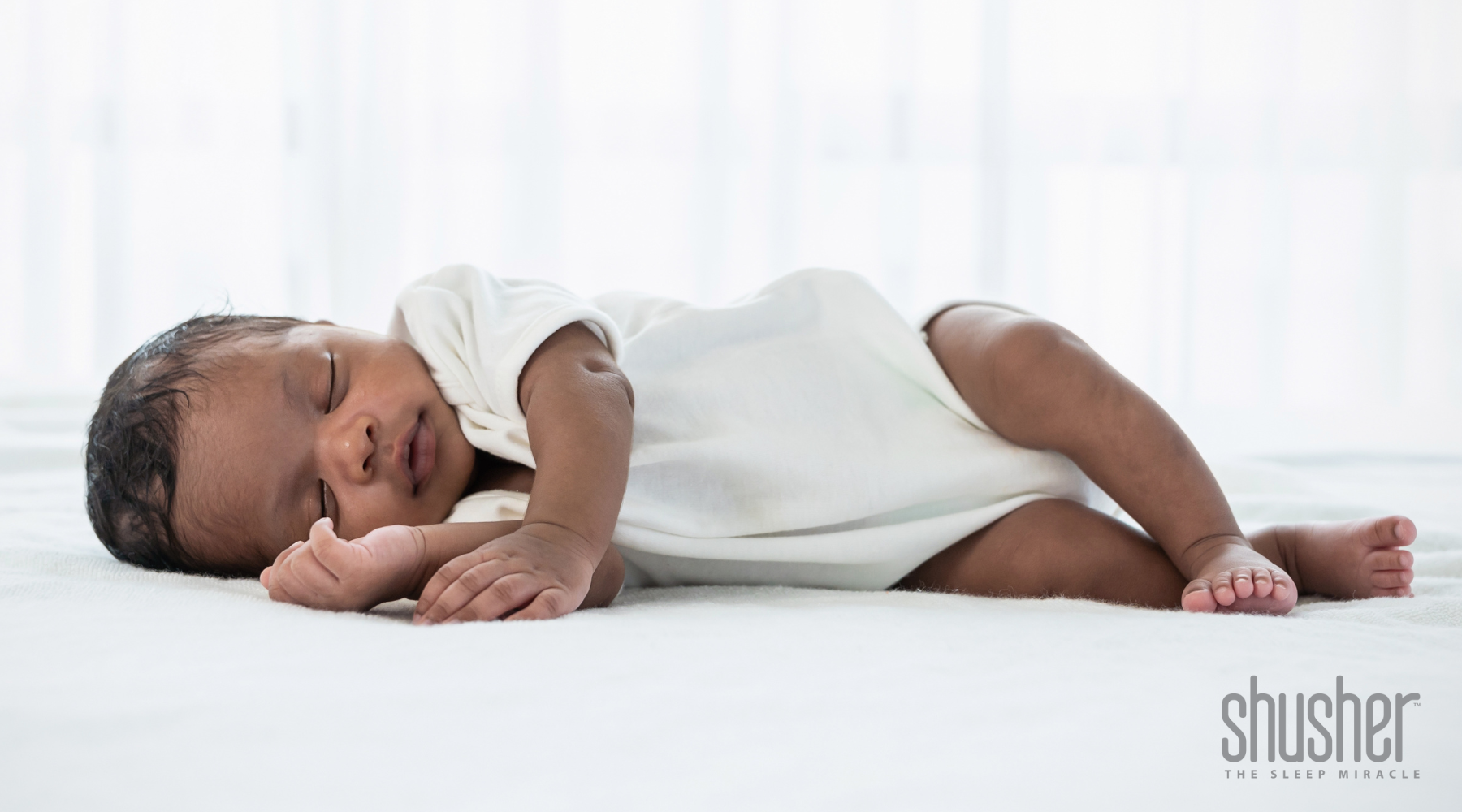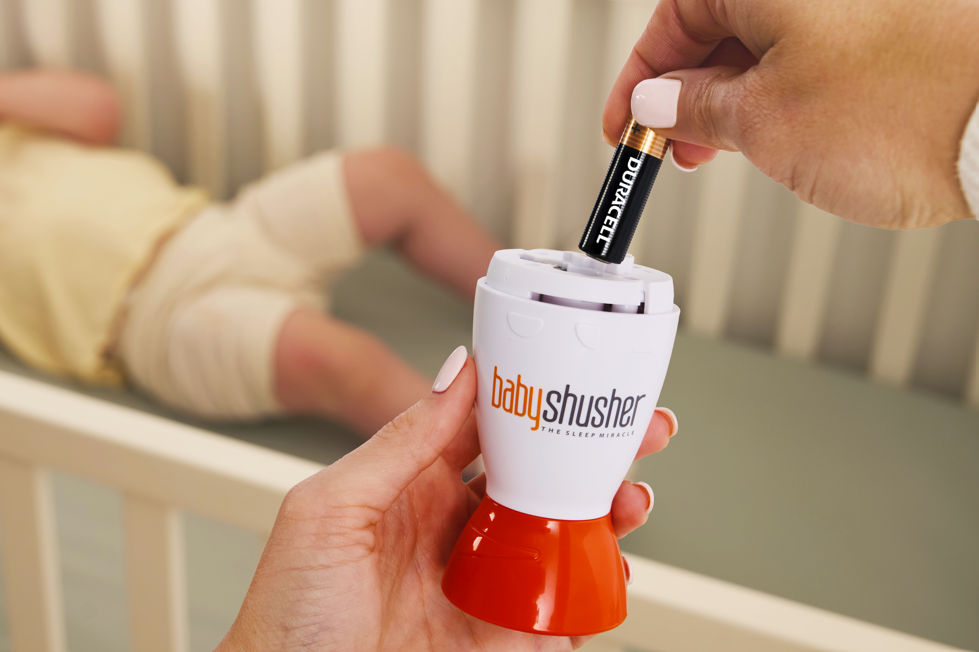Bringing home a newborn is filled with excitement—and a fair share of questions. One of the most common? “How do I make sure my baby is sleeping safely?”
With so much advice floating around, it’s no wonder new parents feel overwhelmed. This guide simplifies the essentials of infant sleep safety so you can rest a little easier.
Why Safe Sleep Guidelines Matter
Sudden Infant Death Syndrome (SIDS) is the leading cause of death in infants between 1 month and 1 year of age. While its exact cause is unknown, research has shown that certain sleep practices significantly reduce the risk.
According to the American Academy of Pediatrics (AAP), following safe sleep guidelines can make a life-saving difference.
The ABCs of Safe Sleep (Alone, Back, Crib)
These three letters form the foundation of safe sleep recommendations:
A – Alone
Babies should sleep alone in their own sleep space, free from pillows, blankets, toys, or bumpers.
B – Back
Always place your baby on their back to sleep—for naps and nighttime. Side or tummy sleeping increases the risk of suffocation.
C – Crib
Use a safety-approved crib, bassinet, or portable play yard with a firm mattress and fitted sheet. No extras needed.
Tips for Creating a Safe Sleep Space
Creating a secure and soothing sleep environment can support both safety and better sleep. Here’s how:
- Keep the room at a comfortable temperature (68–72°F)
- Use a wearable blanket or sleep sack instead of loose blankets
- Offer a pacifier at sleep time (once breastfeeding is established)
- Use a sound machine like the Baby Shusher to calm without distractions
- Ensure cords, curtains, and monitor wires are out of reach
What to Avoid in the Nursery
While some popular products may seem cozy or stylish, they could be dangerous for your baby’s sleep:
- No bumpers or pillows in the crib
- No stuffed animals or toys during sleep
- Avoid inclined sleepers or positioners that aren't approved for sleep
- Avoid overheating—don’t overdress your baby or keep the room too warm
Bonus tip: Skip apps or gadgets that promise to “prevent SIDS.” The best prevention is following proven safe sleep practices.
FAQ: Infant Sleep Safety
Q: When can my baby sleep with a blanket?
A: Experts recommend waiting until at least 12 months before introducing a blanket.
Q: Is co-sleeping safe?
A: The safest option is room sharing without bed sharing. Keep baby in a separate sleep space in your room for the first 6–12 months.
Q: Can my baby sleep in a swing or car seat?
A: Only use these for supervised awake time. Transfer baby to a flat sleep surface if they fall asleep.
Q: Is it okay if my baby rolls to their side or tummy while sleeping?
A: Yes—once your baby can roll both ways independently, it’s okay to let them find their own sleep position.
Final Thoughts
Safe sleep doesn’t have to be complicated. Stick to the ABCs, keep the crib simple, and avoid overcrowding the sleep space. These small adjustments make a big impact on your baby’s safety—and your peace of mind.
Whether you’re a first-time parent or just need a refresher, safe sleep starts with simple, consistent choices.

